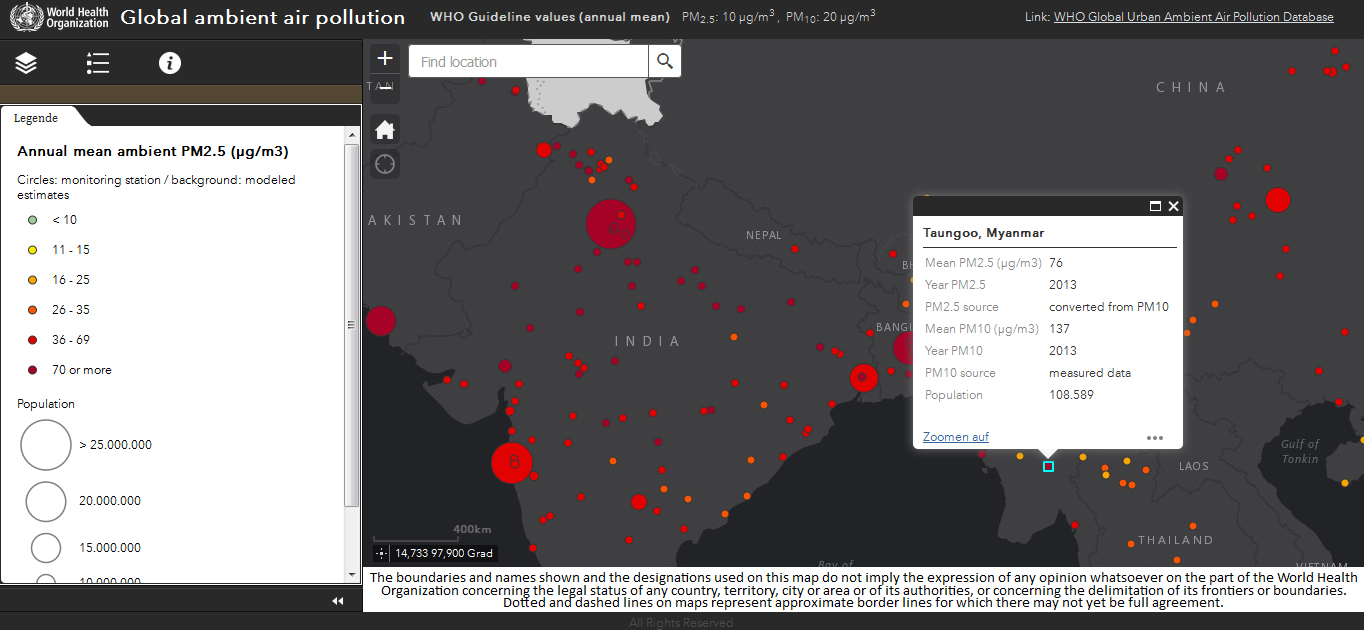Wearables are all about fitness now!
Wearables are all about fitness now – the latest Apple Watch finally got a built-in GPS sensor + better software for tracking your exercise routine, Pebble is improving its software each week, pushing out additional fitness tracking features and Fitbit just launched two new products.
Its been a few years since the first smartwatch/wearable was launched and they are slowly but surely losing their “gadget of the nerds” status. In fact, they are getting good at being fitness trackers or to paraphrase Wired “Smartwatches are for fitness” (Read more: What If We Told You Smartwatches Are Actually Getting Good). Sure, but how does any of this impact a GeoGeek? The short answer is: “Health GIS & Geomedicine” (Related: The role of wearable tech and Internet of Things in Geomedicine).
Health GIS and Geomedicine
Smartwatches maybe getting good at being fitness trackers but all that data about your health that is being collected is just lying idle in a server, waiting to be mined and made use of. For the first time today, I came across a smartwatch (on Kickstarter) that is promising to make use of your data to contact your doctor is something is wrong. SOWATCH (yes, its all capitalised) has already raised over $160,000 in the last 20 days of their Kickstarter campaign and has some really cool features and a blood pressure sensor.
As a GeoGeek, it is really interesting to see Wearable tech already getting to a stage where it can be integrated into our health records. Sooner or later, they are going to serve as the first step of diagnostics for doctors and Bill Davenhall’s TED talk “Your health depends on where you live” is going to get even more futuristic. Wearables are going to serve as a record of what we are doing + where and all this information is going to make Health GIS analysis all the other interesting and amazing!









